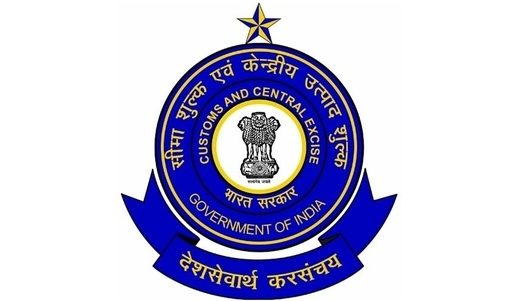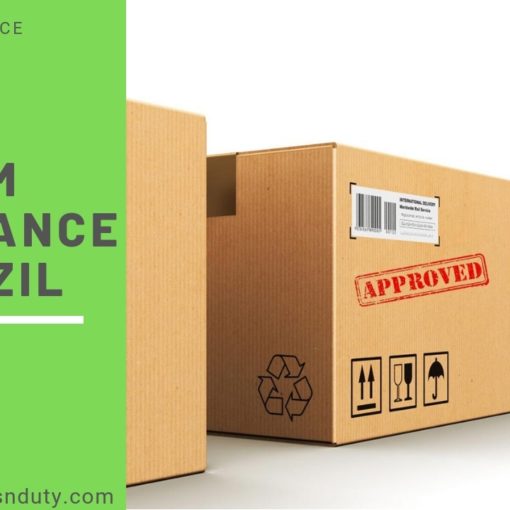How to clear the customs in Canada? Procedure, documents required
Nearly 1,200 points of entry (POE) across Canada are serviced by the Canada Border Services Agency (CBSA), which offers clearance, control, and examination services to travellers, importers, and exporters on behalf of other government departments and agencies. These POEs include land border offices, international mail processing centres, airports, sufferance warehouses, and a number of other service locations. The CBSA is responsible for providing these services.
Procedure for custom clearance in Canada
-
- Determine whether or not the items are subject to duty. You can classify them using the customs tariff, which is a harmonised product description and coding system known as the harmonised system. The harmonised system can be found on the website of the CBSA in both pdf and html format.
- There are two different routes you can take to have your things released. You have the choice, with either of the two possibilities, of preparing the release and accounting documentation on your own or of employing a licence customs broker to do so on your behalf.
- Regardless of which method you choose to use, the Canada Border Services Agency (CBSA) will provide each shipment with a unique transaction number consisting of 14 digits in order to identify your items throughout the process of customs clearance.
- On the website of the CBSA’s website, you can fill out your customs declaration form You can get a free resource list of the 4 forms you need to clear customs for the goods you send out by clicking here.
- Personal attendance at a CBSA office is required for completion and submission of the B3-3, Canada Customs Coding Form accounting document. Coding of Customs Accounting Documents, which is part of Memorandum D17-1-10, can provide you with more information regarding the coding of accounting documents for the CBSA.
- Enter all of your information into a terminal that has been given specifically for this reason. Once a decision regarding the release of your shipment has been reached by customs, they will send a transmission of that release to the warehouse where it is being held, and they will offer proof of release.
- There is a possibility that representatives from the government will inspect your shipment to ensure that it complies with regulations imposed by the CBSA or other government departments. This is done at no cost to you; but, if it becomes necessary to contract a transportation business to move or handle your items, you may get an invoice from that transportation company for the services they provided.
- will fill up your B3 form for customs and send the data over an electronic transmission. The speedy customs clearance speeds are a direct result of the short amount of time it takes for the CBSA to receive it, which is approximately 20 minutes.
- Notify the carrier that you have successfully obtained release for the consignment, and check to see whether or not the carrier and their warehouse have also obtained release from customs. In the event that the carrier does not receive the electronic release from customs, you will not be able to obtain your products.
- Make the payment of Duties and Taxes by
- Cash
- Debit card
- Certified cheque or money order
- Credit card for amounts less than $5,000;
- Cheque not guaranteed for sums less than $2,500 if certain requirements are fulfilled.
- Credit card for transactions with a value of less than $5,000;
- You are required to retain all records pertaining to your importations for a period of six years after the importation of the good(s), and these documents can be kept in either electronic or paper format. This comprises information about the quantities that were received, the price that was paid, the country of origin, the seller, and the product, as well as any other pertinent information.
Documents required
-
-
- Two copies of Form A8A-B, Cargo Control Document (CCD), provided to you by your carrier.
- Two copies of the CI1 Form, which is the Canada Customs Invoice (or the commercial invoice that contains the data). Please refer to Memorandum D1-4-1, CBSA Invoice Requirements, for information on the requirements for invoices submitted to Canada Customs.
- A hard copy of all import permits, certificates, licences, or other required documents from other government departments and agencies (OGD) or, for EDI participants, an electronic copy of the document is required.
- Airway bill, arrival notice, or other cargo control document that has been prepared for your shipment by the carrier.
- Certificates of Origin and Commodity Specific Certificates, if the Items in Question Are Exempt From Duties.
- Check if GST is applicable or not
- Detailed description of the product, including any relevant information regarding its purpose or composition, in the case of food products.
- Either clear the goods yourself or have a customs broker act as your representative.
-
Custom Duty in Canada
Customs Tariff is founded on the Harmonized Commodity Description and Coding System that was developed by the World Customs Organization (WCO) (HS). The rate, on average, is at about 4.8 percent. The majority of customs duties are determined by applying an ad valorem rate to the FOB value of the goods.
The goods and services tax (GST), of which 7 percent may be recouped through input tax credits, is applicable to all products that are imported. The government of each province and territory is also responsible for imposing taxes on goods and services that are offered for sale to end users; however, these taxes are not typically levied when goods are imported.
What to do if your goods / items are not cleared at customs in Canada? Whom to contact?
If it is discovered that a package contains materials that are non-mailable matter, forbidden, or restricted and the merchant has failed to provide the requisite documentation, the package will not be allowed to be cleared for shipment.
You can contact by phone 1-800-461-9999.
What should you do if the package is stuck at the customs?
-
-
- Once a package has been handed over to the CBSA, we are unable to intervene or enquire about the package’s status.
- It will be stored in a bonded facility until the customs authorities who are responsible for reviewing it have an opportunity to do so. In most cases, customs agents will travel to various locations during the day and then process the releases associated with those locations in the afternoon. The procedure may take anywhere from twelve to forty-eight hours, and it may take even longer during times of high traffic.
- Check track regularly.
- Check the email regularly.
-


